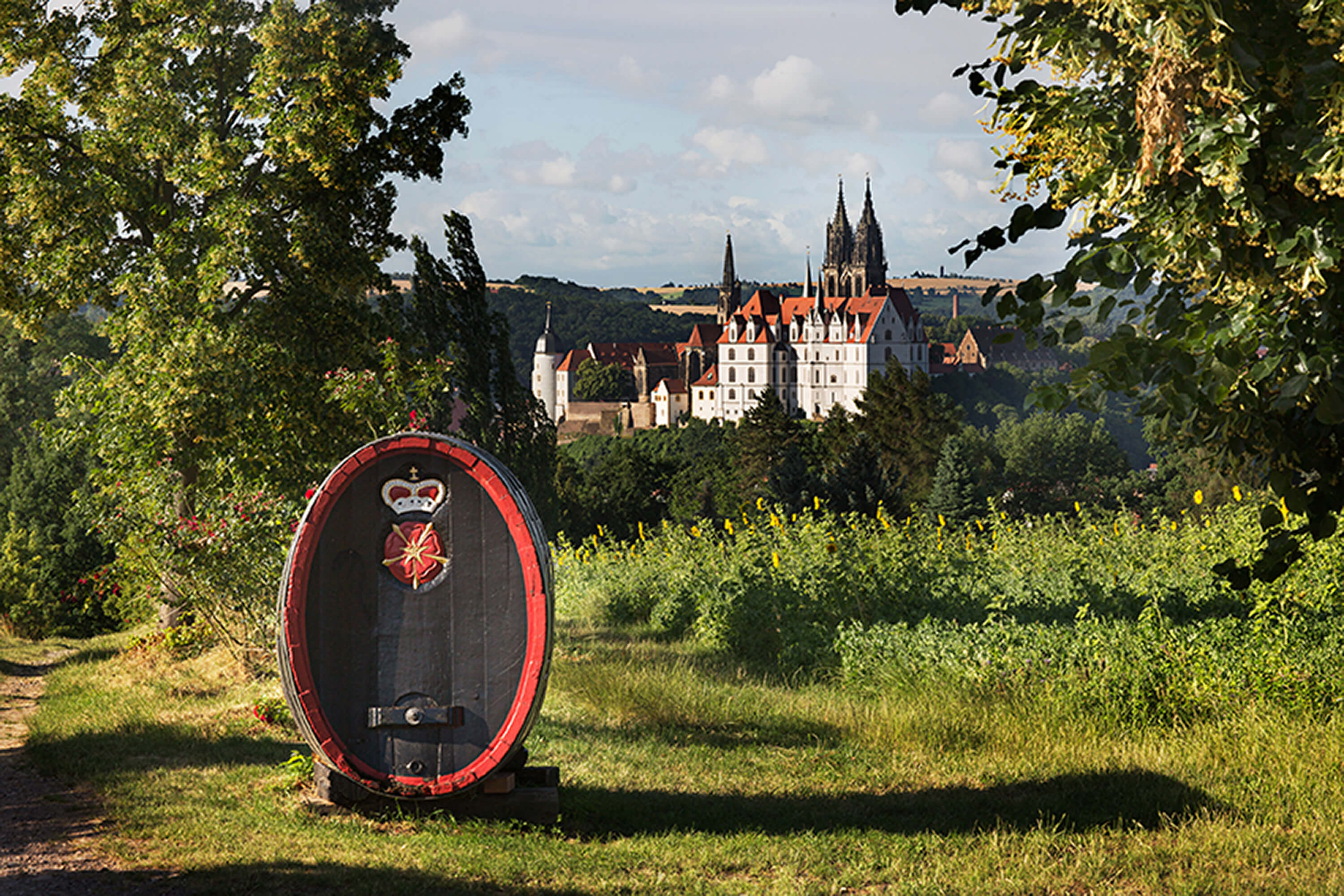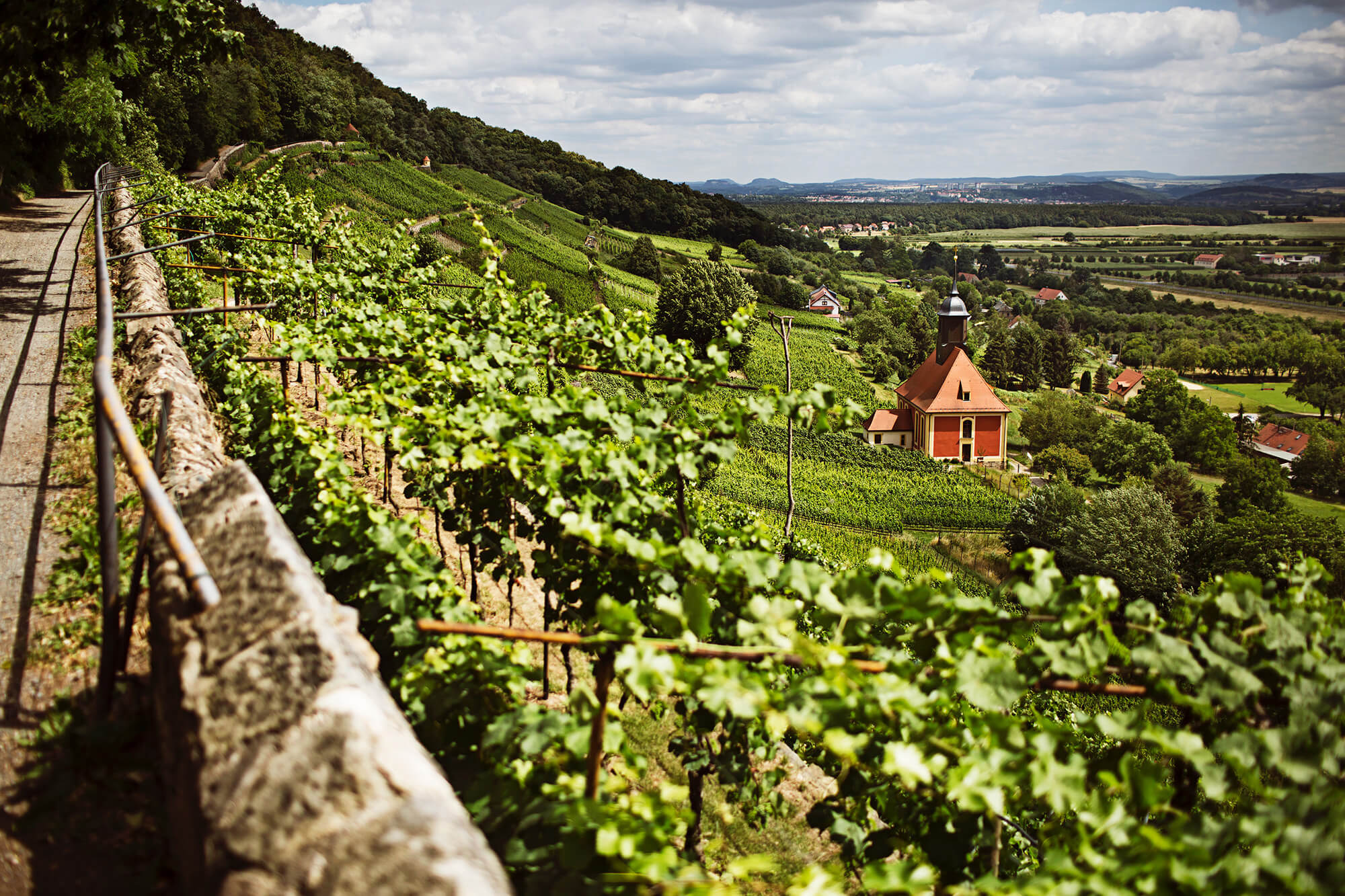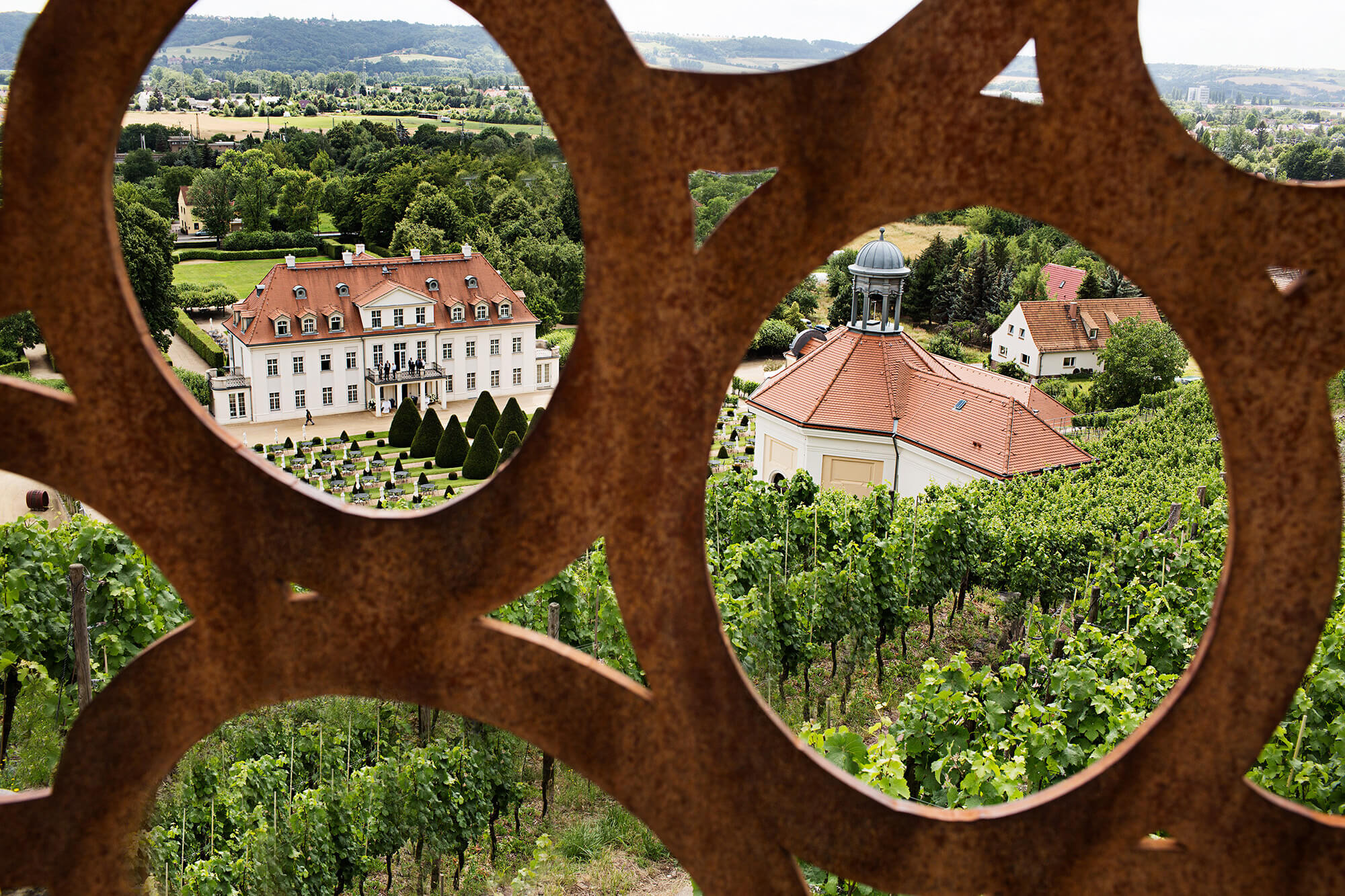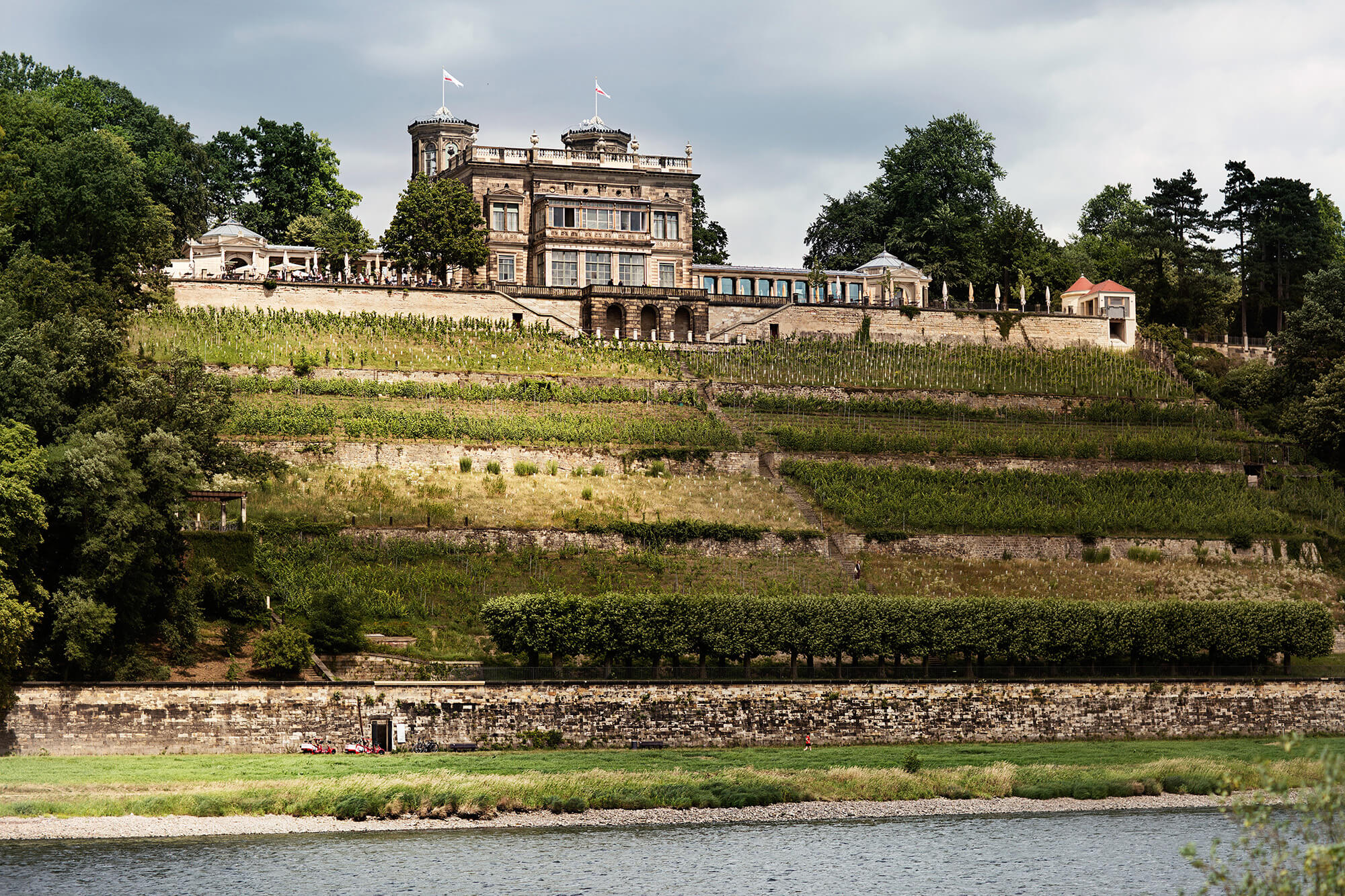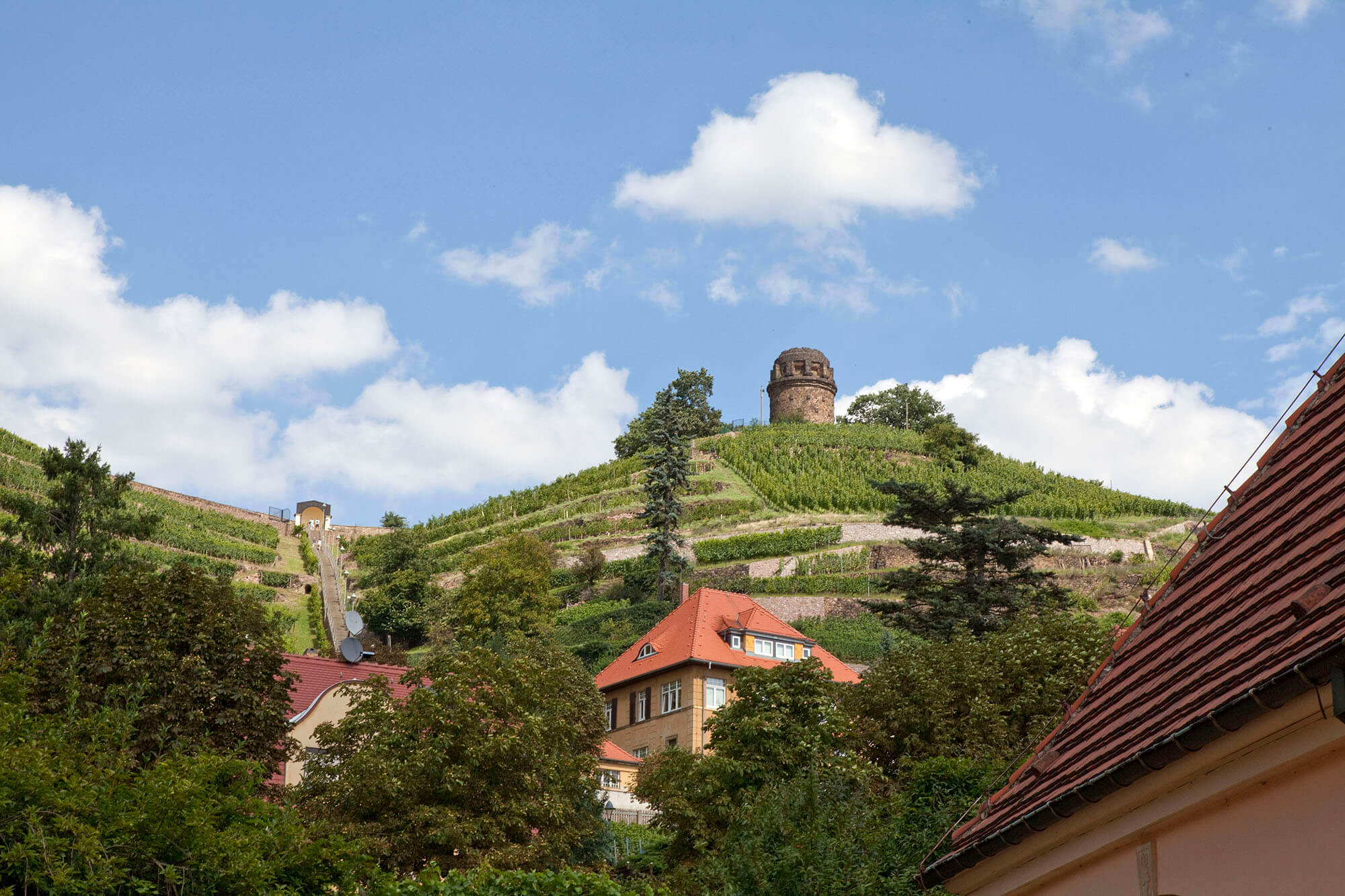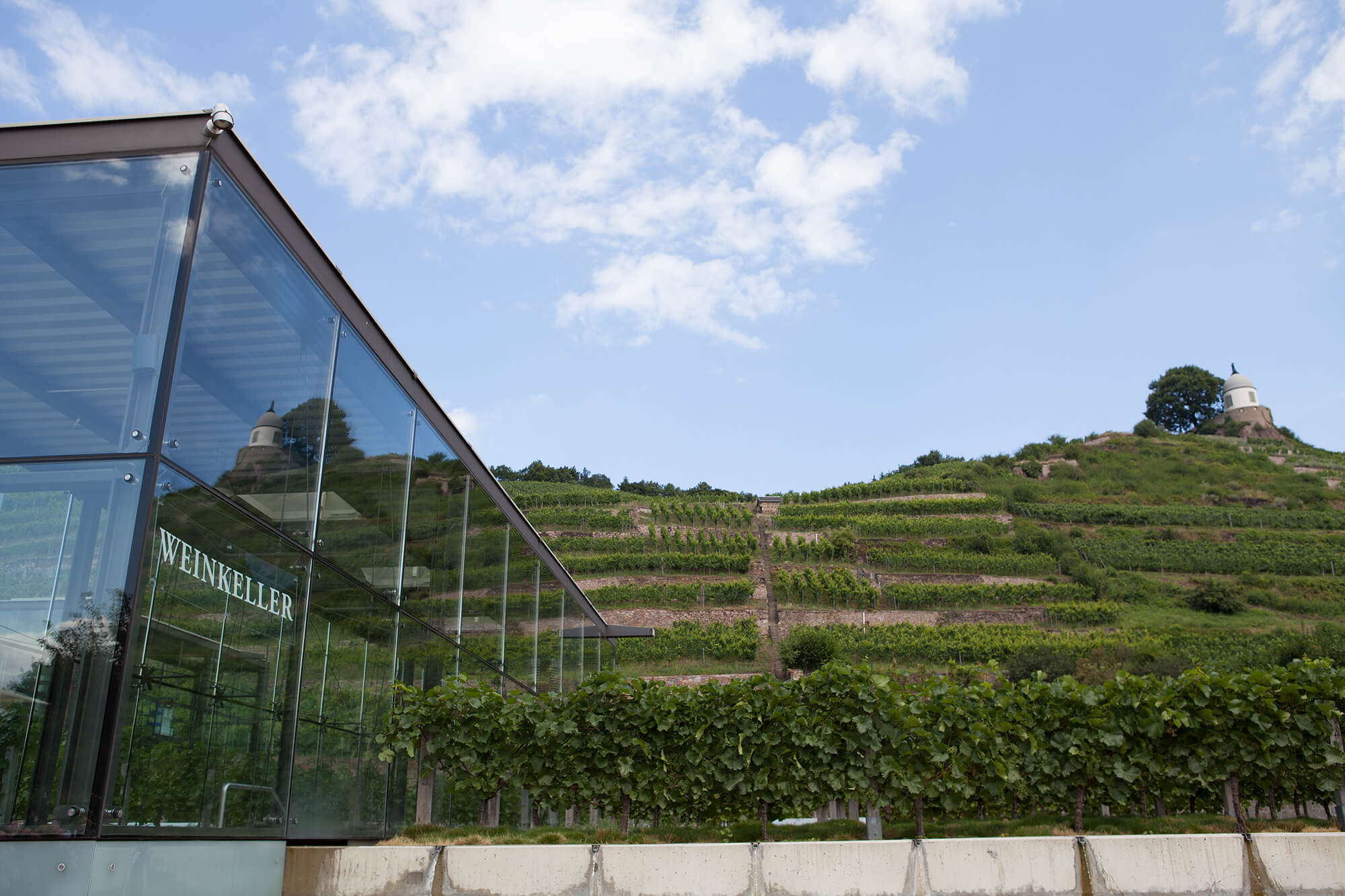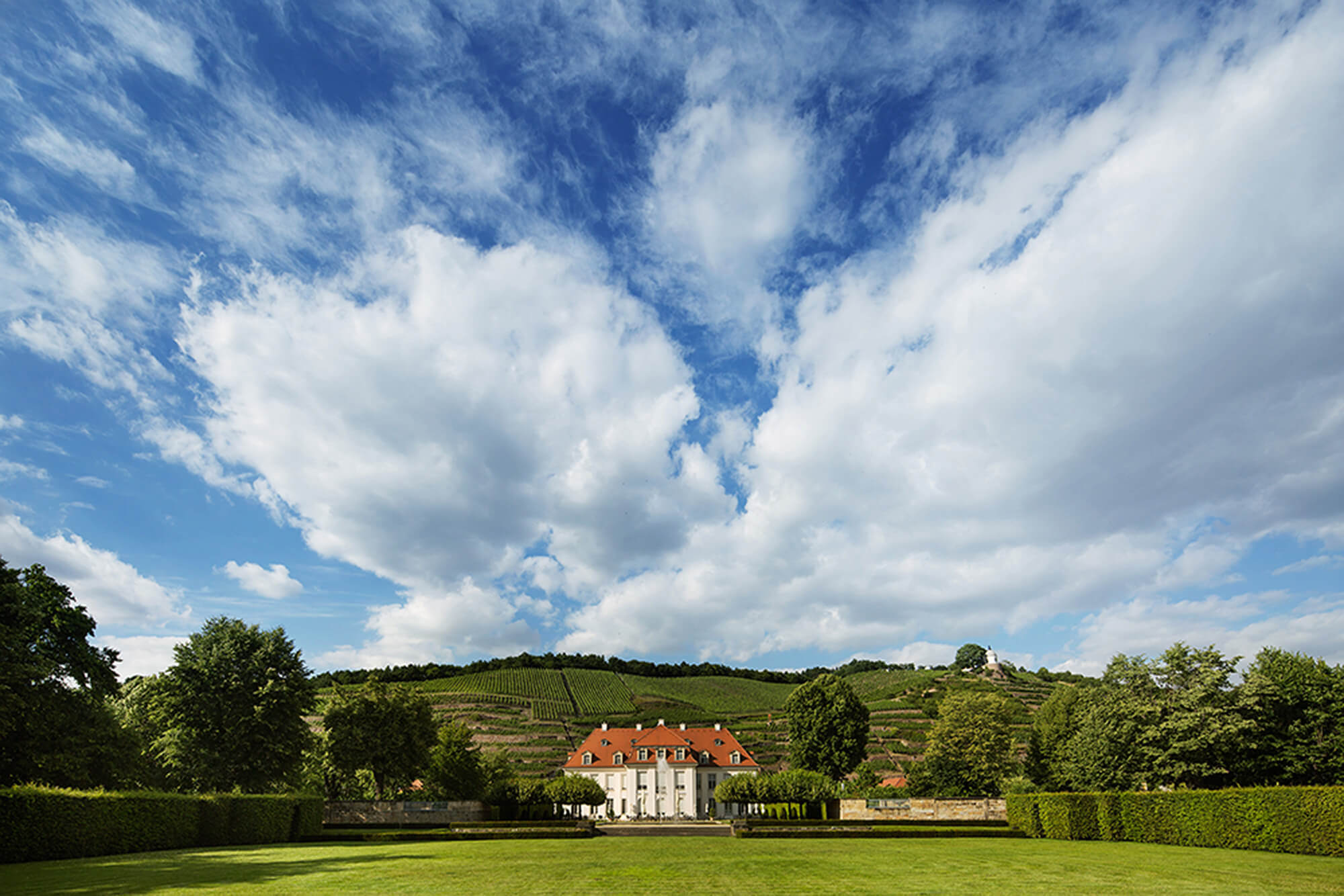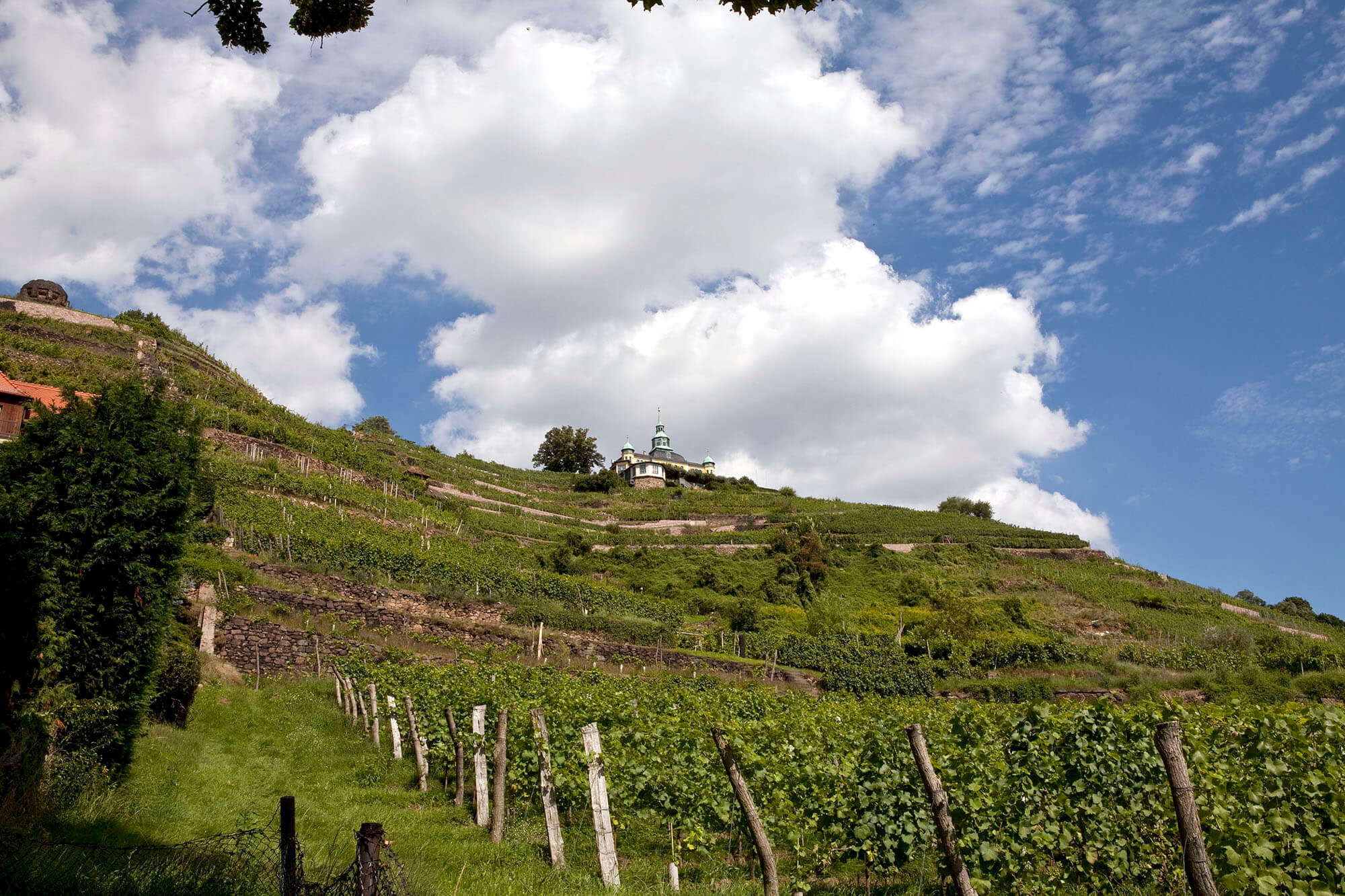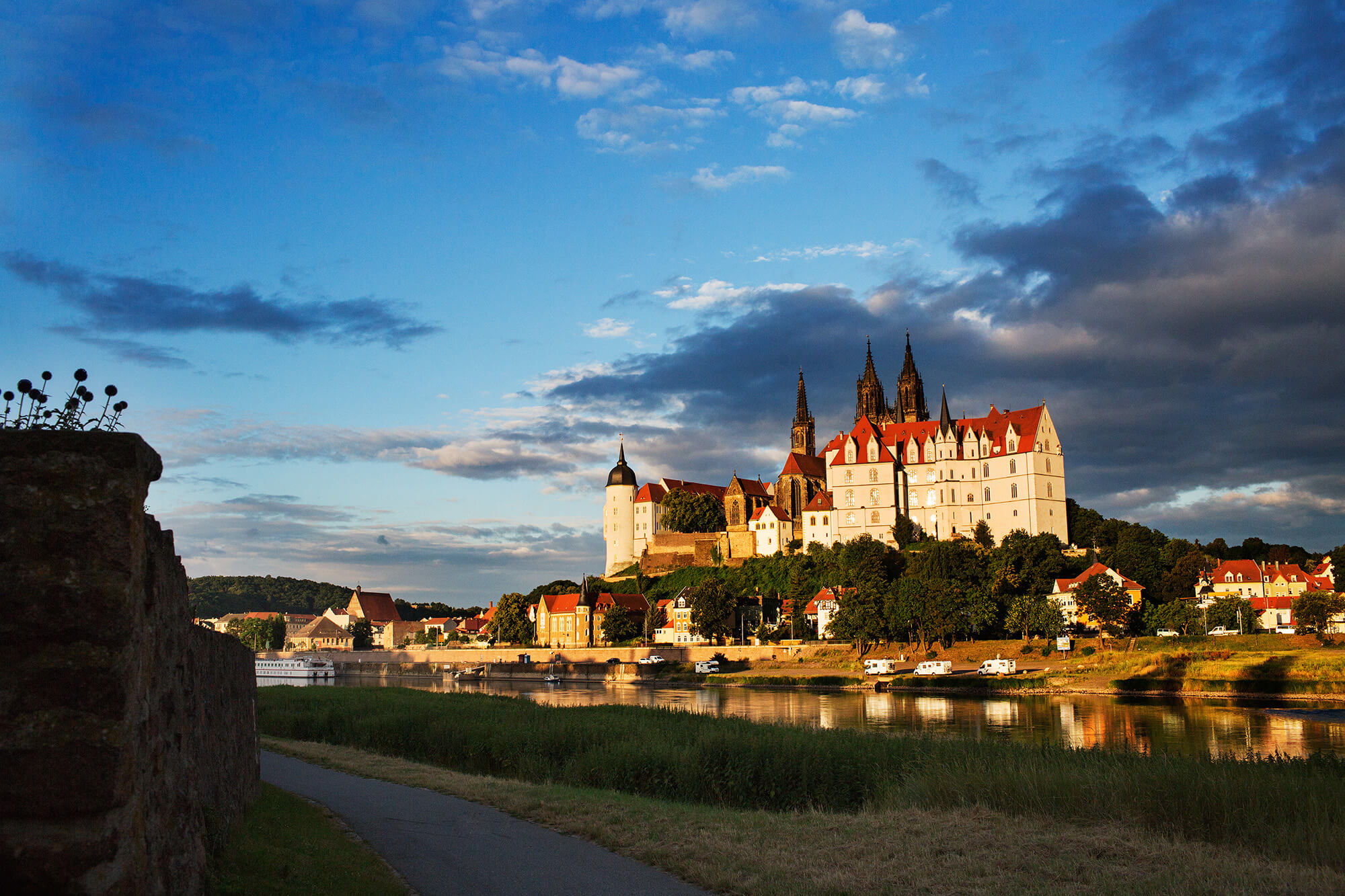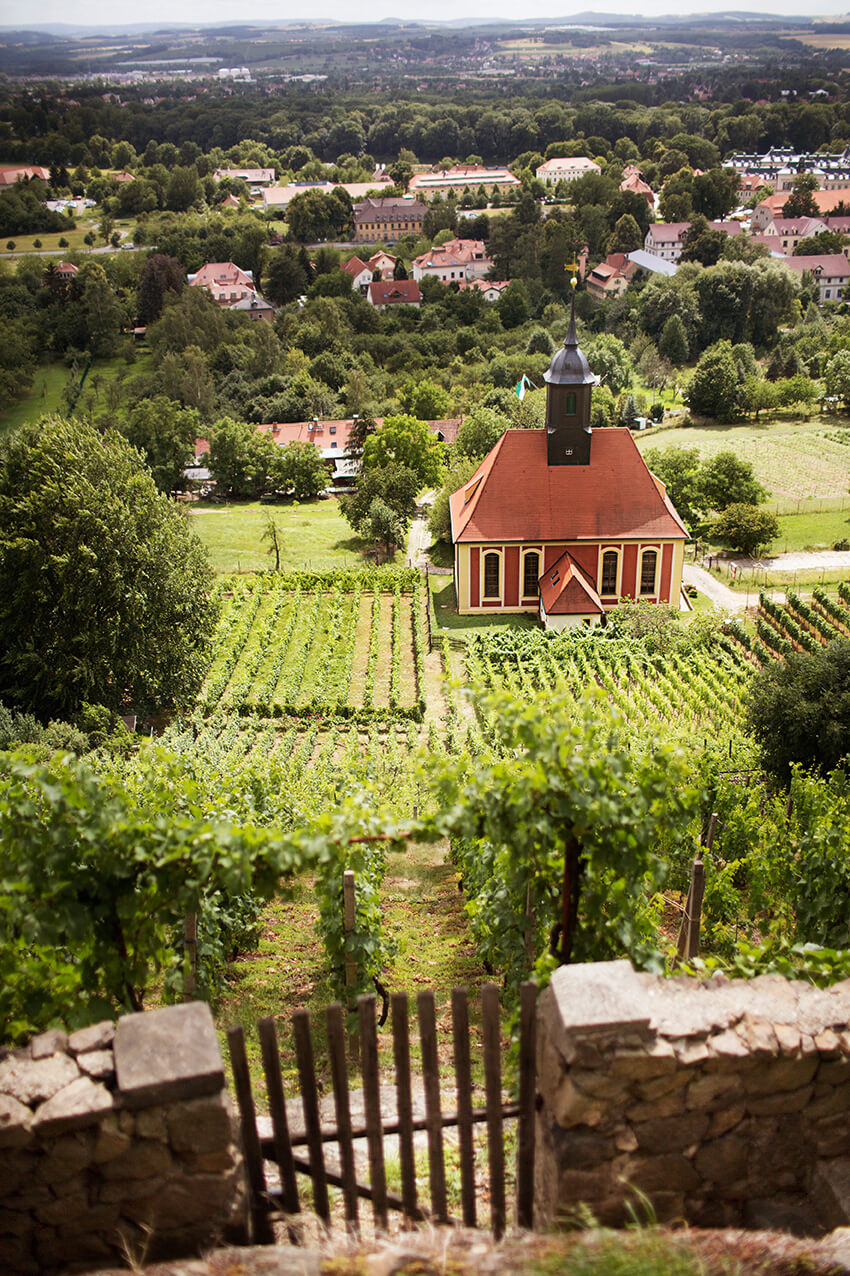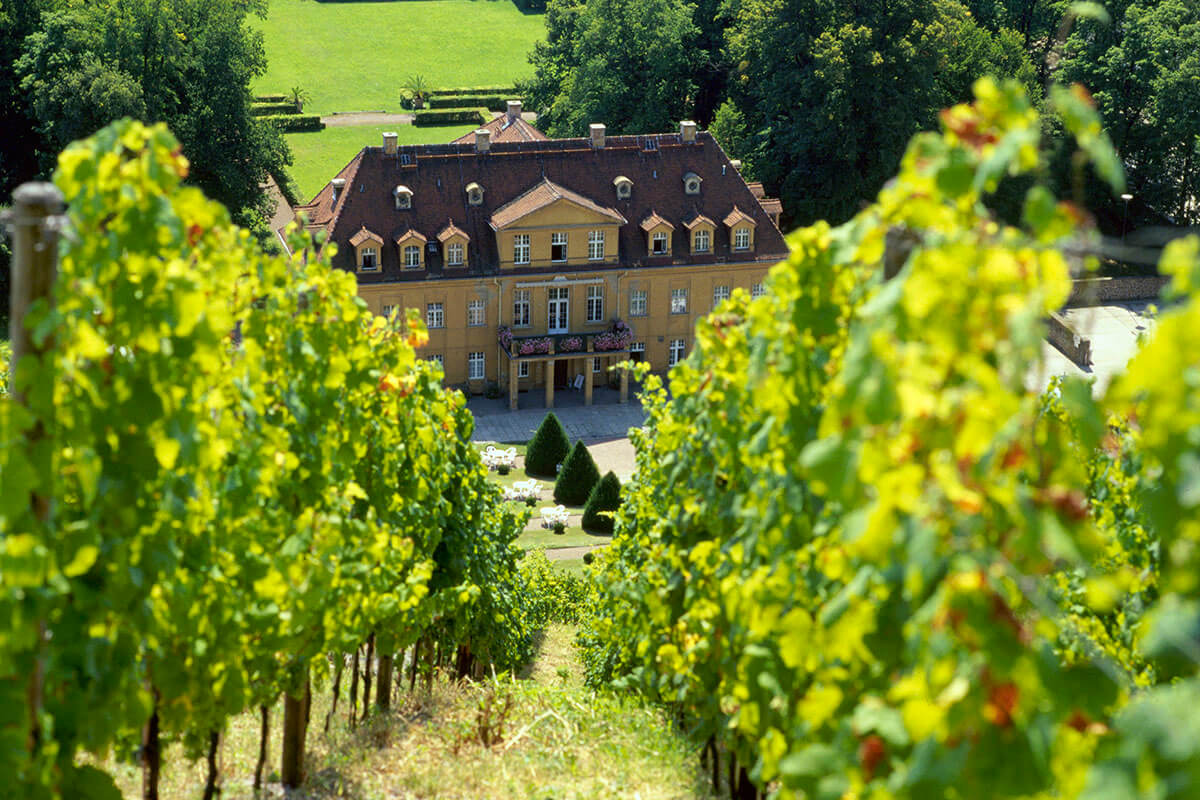Introduction
Sachsen is Germany’s easternmost and one of the smallest wine-growing regions. Its recorded viticultural history dates back to 1161, when the Church and Aristocracy were the primary medieval property owners. In addition to viticulture, their legacy includes a wealth of art and architectural gems throughout the region. The majority of the wines produced in this region are vinified dry and consumed locally.
Statistics
Major Town: Dresden, Meissen, Radebeul
Districts: 2
Collective Sites: 4
Individual Sites: 22
Vineyard Area: 501
Terroir
Climate
– Favorable, provided there is sufficient precipitation
– Warm, dry summers
– Cold winters
– Constant changes in temperature promote the development of rich aromas in the wines
Soil
The steepest slopes are of weathered granite and gneiss, with loess or sand deposits in some of the vineyards.
Top soil types:
Weathered granite
Gneiss
Loess
Terrain
The majority of Sachsen’s vineyards are located to the east and west of Dresden, along the Elbe River, on the 51° of latitude. The other vineyards, which are disconnected, are cultivated farther north in Brandenburg.
